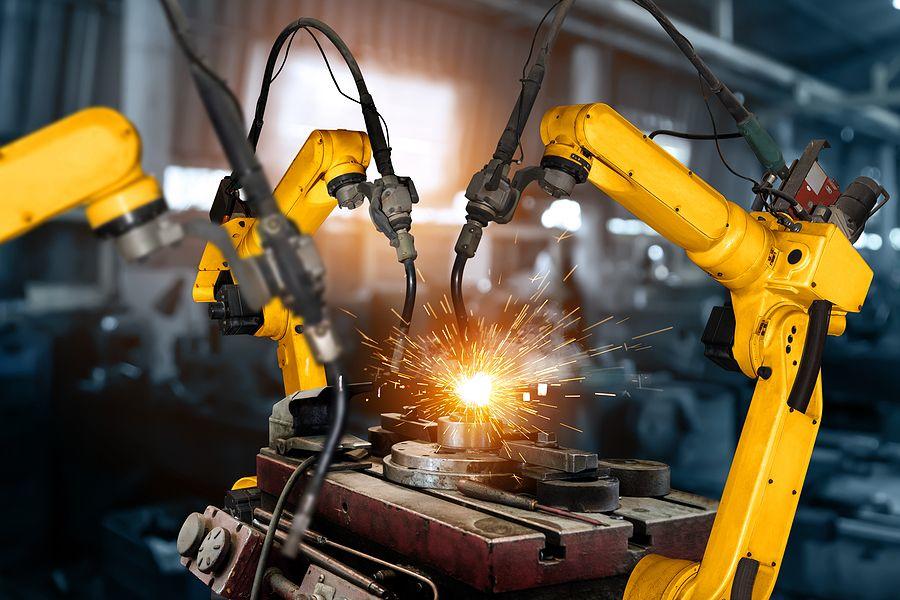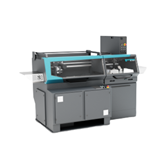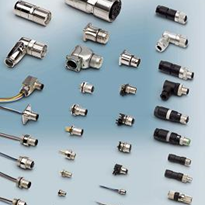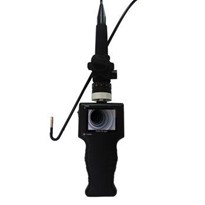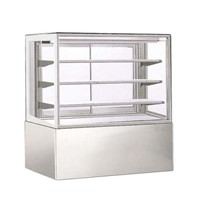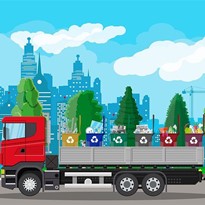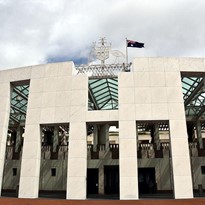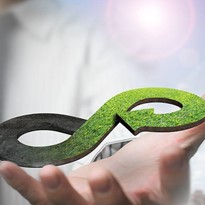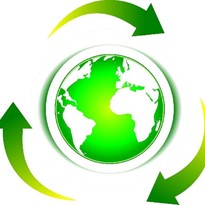Engineers are often tasked with discovering and designing solutions that accommodate for the rapidly growing population. However, in the modern world, a key challenge is building vital infrastructure using materials and resources that do not harm our planet. As we eat away at our limited resources at an alarming rate, and more products end up in landfill, changes must be made towards a better and more sustainable future.
In order to find more sustainable solutions, we must look beyond our current linear approach and focus on a newly introduced economic concept: the circular economy. Slowly but surely gaining traction, the circular economy paradigm is already impacting and changing the engineering industry. Here, Wastech invites readers to view these shifts in parallel with the circular economy.
What does a circular economy mean?
A circular economy is an alternative to the traditional linear economy that takes precedent today. Where the linear approach refers to making, using and disposing of materials, a circular economy attempts to keep resources around and in use for as long as possible, thereby extending the maximum value of the products. Regenerative by design, the concept of circular economy aims to keep out waste and pollution, keep products and their individual parts for new use, and regenerate natural systems. In stark contrast to Take-Make-Waste that is common in the linear economy, a circular economy is motivated by Reuse-Repair-Remanufacture.
Where does the engineering industry fit into all this?
Engineers all around the globe have the unique opportunity to discover and develop sustainable design and engineering methods that will improve the reuse, repair, remanufacturing and recycling of products for a better future.
The engineering industry is changing, with the arrival of better machinery that is also energy-efficient and cheaper to run. This means less environmental impact. However, this is not enough to combat the demand for consumption. The Institution of Engineering Technology predicts that by 2030, there will be 3 billion more consumers and 10 billion more people on the planet by 2050. What does this mean for infrastructure? More waste and water consumption.
Engineers must think about ways to eliminate waste or at least use that waste to create something else. Moving towards a more circular economy will not only reduce pressure on the environment but it will also improve the security of the supply of raw materials, increase competitiveness, stimulate innovation and boost economic growth by creating jobs.
The Wastech difference
If you’re an engineer looking to implement a circular economy approach, Wastech can help. We are working closely with the Australian Government and the engineering industry to discover ways to create better energy efficient products that also deliver cheaper running costs. Founded in 1993, we have grown a reputation that is known for dedicating a laser-like focus to solving our customers’ problems through innovation and high-quality designs. Offering an end-to-end service that focuses on environmental sustainability, we are committed to continuously developing our waste and management recovery solutions for a better future. To learn more about Wastech’s waste & recycling projects, click here.


